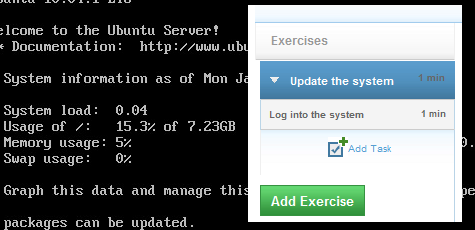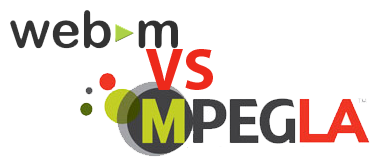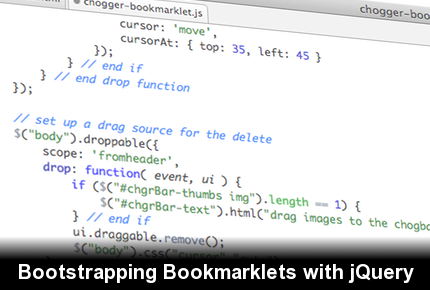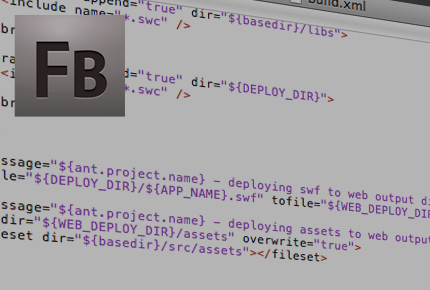
When a student takes a course in chemistry, it is often accompanied by a hands on lab. After sitting through a lecture, and performing homework, students need to reinforce the learned concepts by doing. Why should technology education be any different? VTE Virtual Labs provide a sand-boxed environment for students to practice interacting with simple or complex ephemeral computing environments. These environments may be designed by a course instructor or instructional designer to promote learning by interacting with a real (as real as it needs to be) system. Especially useful for security research, these systems may contain full environments including domain controllers, mail servers, web servers running various versions of Windows or Linux. You can even configure internal routing and switching between virtual hosts. Students can install malware, viruses, bots, hacking tools, anything they want - and when they're finished, the environment is completely disposed, with no harm done.
Designed at the Software Engineering Institute of Carnegie Mellon University, students and interact with the system entirely over the web, in the browser. It combines an ASP.NET MVC back end with client elements including JQuery and Adobe Flex. The back end infrastructure includes a BigIP F5, NetApp SAN, Cisco ASA, and vSphere cluster.





